Question for the candidates: How many nuclear warheads does the United States need?
By Tom Z. Collina | September 19, 2024
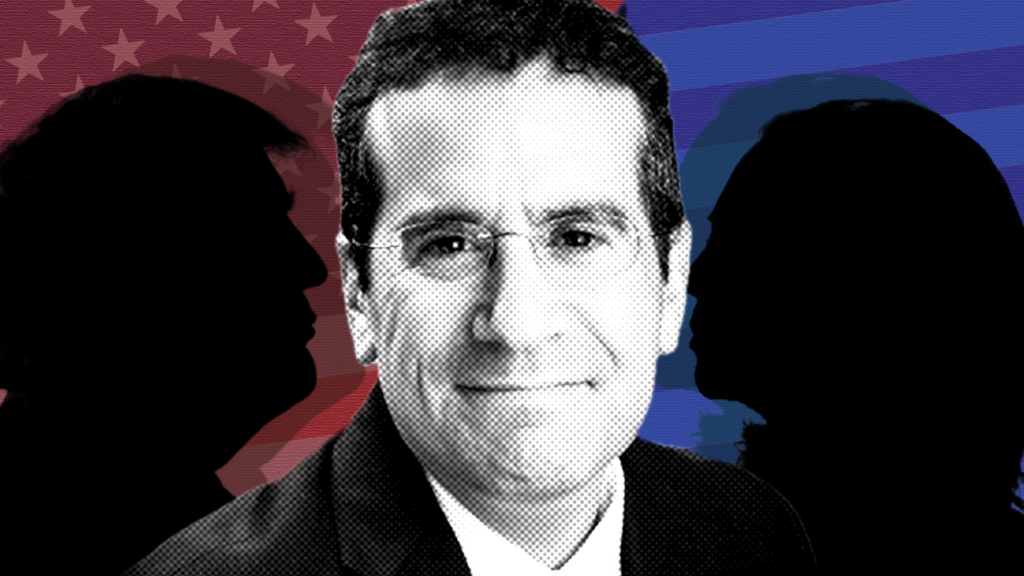
Editor’s note: Tom Z. Collina, a national security expert and former director of policy at the Ploughshares Fund, proposes a single, central question about nuclear weapons that journalists and citizens should ask the 2024 presidential candidates. (This is part of an “experts comment” series of questions for the candidates.)
The next president of the United States will face unprecedented challenges on nuclear policy. Russia is rattling the nuclear saber over Ukraine. China is building up its arsenal. North Korea continues to improve its nuclear weapons as Iran gets ever closer to a bomb. Meanwhile, the last remaining US-Russian arms control agreement, New START, will expire soon with no hope in sight to replace it. There will likely be no legal limits on the size of the US and Russian arsenals for the first time in 50 years.
Up to now, the question of how many nuclear weapons the United States needs was largely answered by New START: The 2010 treaty limits both the United States and Russia to 1,550 “accountable” warheads on deployed strategic delivery systems. (Short-range, or “tactical,” systems are not covered.) As long as Moscow was abiding by these limits, Washington did too. China was considered a “lesser included case”—that is, whatever Beijing had in its arsenal (a few hundred warheads) could be dealt with by the forces Washington deployed against Moscow.
These factors are now in flux.
New START will expire in February 2026, and with it the legal limits it sets. The United States and Russia, which are both now rebuilding their arsenals, will be free to expand them as much as they want. Meanwhile, China is expected to increase its arsenal from around 500 to over 1,000 warheads over the next decade. For comparison, the total US and Russian arsenals stand at about 4,000 warheads each. Nevertheless, concern about Beijing’s buildup and possible cooperation with Russia has led some observers to suggest that Washington should increase its arsenal in response. For example, Robert O’Brien, former President Trump’s last national security advisor (2019-2021), recently called in Foreign Affairs for the United States to maintain “numerical superiority to the combined Chinese and Russian nuclear stockpiles.” This idea is also popular with Project 2025— a coalition of over 100 far-right groups led by the Heritage Foundation, which is widely seen as the template for a possible second Trump administration—and Trump’s last defense secretary Christopher Miller.
By contrast, the Biden administration at first seemed to dismiss the possibility of increasing the US arsenal. In late 2022, Defense Secretary Lloyd Austin said “nuclear deterrence isn’t just a numbers game. In fact, that sort of thinking can spur a dangerous arms race.” And in June 2023, National Security Advisor Jake Sullivan said that the United States “does not need to increase [its] nuclear forces to outnumber the combined total of [its] competitors in order to successfully deter them.”
But now the Biden administration appears to be increasingly open to considering the possibility of expanding the arsenal at some point in the future.
In March 2024, the administration secretly approved a revised nuclear plan that reportedly, for the first time, “seeks to prepare the United States for possible coordinated nuclear challenges from China, Russia and North Korea.” In June, Pranay Vaddi, a special assistant to the President at the National Security Council said: “Absent a change in the trajectory of adversary arsenals, we may reach a point in the coming years where an increase from current deployed numbers is required.” And in August outgoing Defense Department official Vipin Narang said: “There is no need to grow the stockpile yet, but adjustments to the number of deployed capabilities may be necessary IF our adversaries continue down their current paths.”
The Biden-Harris administration’s current hedging strategy on arsenal size may be motivated as much by the upcoming presidential election (which by all accounts will be extremely close) as by China.
But politics aside, is there a strong national security case for increasing the size of the US nuclear arsenal? No, there is not.
Since the Cold War, the concept of “parity”—that Washington must have as many nuclear weapons as its adversary (or adversaries) to be secure—has been driven more by domestic political expediency than military necessity. And today is no different. As nuclear experts Charles L. Glaser, James M. Acton, and Steve Fetter point out, “China’s acquisition of a large, highly capable nuclear force could create new geopolitical dangers, but none of these will be ameliorated by expanding the US nuclear force.”
Rather than enhancing national security, increasing the US nuclear arsenal in response to recent provocations by Moscow and Beijing would likely undermine it.
First, there is every reason to believe that Russia and China are already deterred from attacking the United States based on its current arsenal, which has about 3,708 nuclear weapons—of which about 1,770 are currently deployed. As long as Washington maintains a survivable nuclear force that can inflict unacceptable damage against Moscow and Beijing, there is no need to expand that arsenal. Parity is not necessary. Building more than is strictly needed is a waste of money.
Second, if Washington builds up, then Moscow and Beijing would likely do the same, and all would be worse off. The United States would find itself in the middle of a three-way race for ever-more deadly nuclear arms that increase nuclear risks. Secretary Austin was right to say this type of behavior can spur a dangerous arms race.
Third, a US buildup would doom any chance of saving the US-Russian arms reduction process which has been lowering the nuclear temperature for five decades. The best way to save that process is to seek an executive agreement with Moscow to maintain New START levels until the political situation changes and a new treaty can be negotiated. But once Washington exceeds the limits of New START, there may be no going back.
The question of how many nuclear weapons the United States needs for its own security is about to get much harder—and increasingly political. American voters and citizens should want to know where the candidates stand on this fundamental issue.
Has Russia’s war in Ukraine changed your view of the role of nuclear weapons? By Siegfried S. Hecker
What will you do to avoid a nuclear arms race with Russia and China? By Steven Pifer
What is your plan to prevent the next dangerous and expensive nuclear arms race? By Laura Grego
How many nuclear warheads does the United States need? By Tom Z. Collina
Should the president retain the sole authority to order the use of nuclear weapons? By Mackenzie Knight
Do you agree with other world leaders that the use of—or threat to use—nuclear weapons is “inadmissible”? By Daryl G. Kimball
How will you reassure allies worried about the credibility of the US security guarantees? By Sara Bjerg Moller
What will you do if Iran gets the bomb? By Henry Sokolski
How will you deter North Korea’s aggression without deteriorating the situation on the Korean Peninsula? By Eliana Johns
Will the United States sign and ratify the Treaty on the Prohibition of Nuclear Weapons? By Alicia Sanders-Zakre
Together, we make the world safer.
The Bulletin elevates expert voices above the noise. But as an independent nonprofit organization, our operations depend on the support of readers like you. Help us continue to deliver quality journalism that holds leaders accountable. Your support of our work at any level is important. In return, we promise our coverage will be understandable, influential, vigilant, solution-oriented, and fair-minded. Together we can make a difference.
Keywords: China, New START, Project 2025, Russia, United States, candidate questions 2024
Topics: Nuclear Weapons
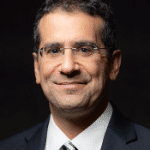


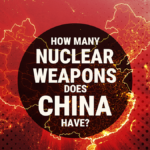
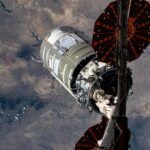


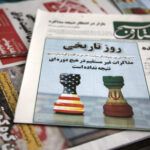






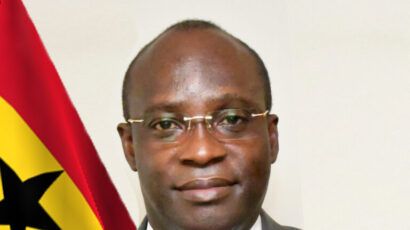
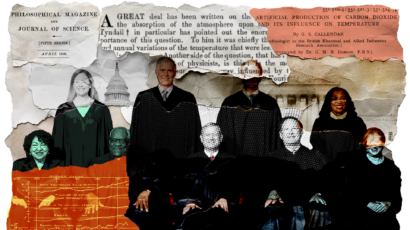
The title, “how many weapons does the US need?“ Was never answered in the narrative. I thought the author would come to the conclusion that it was just one submarine.
Is not one Ohio class submarine’s nuclear arsenal enough to deter an adversary?
If so then the answer the title proposes ‘How many…’ is one is one sub!